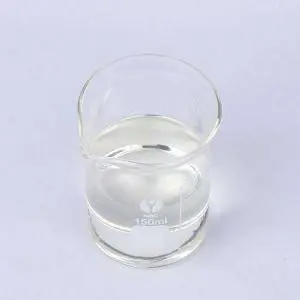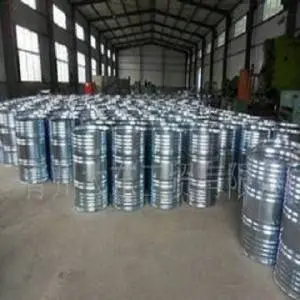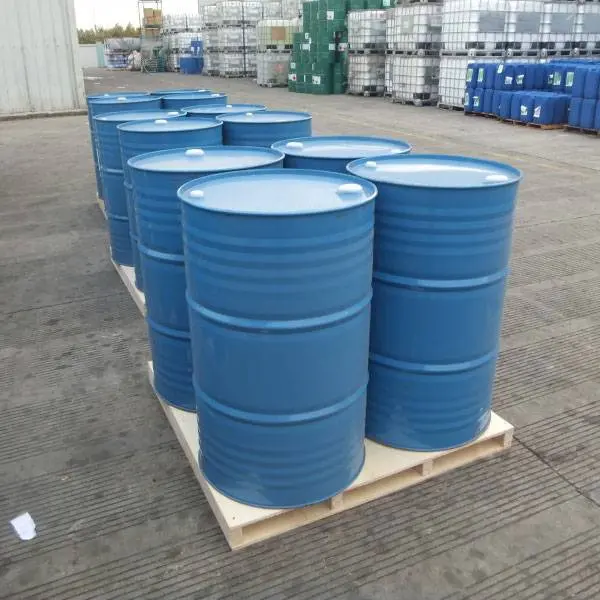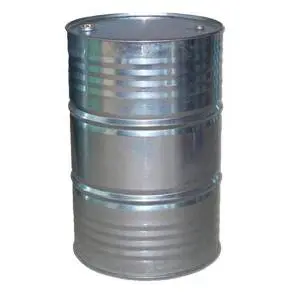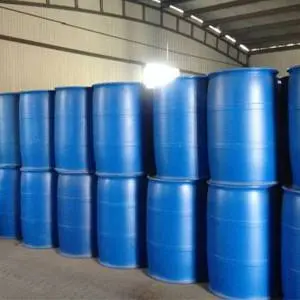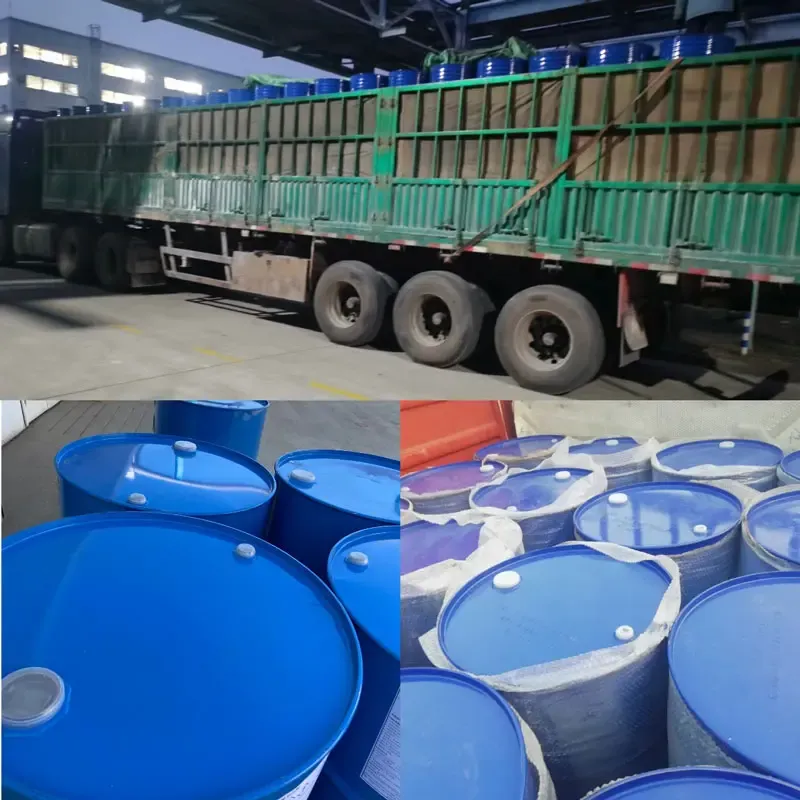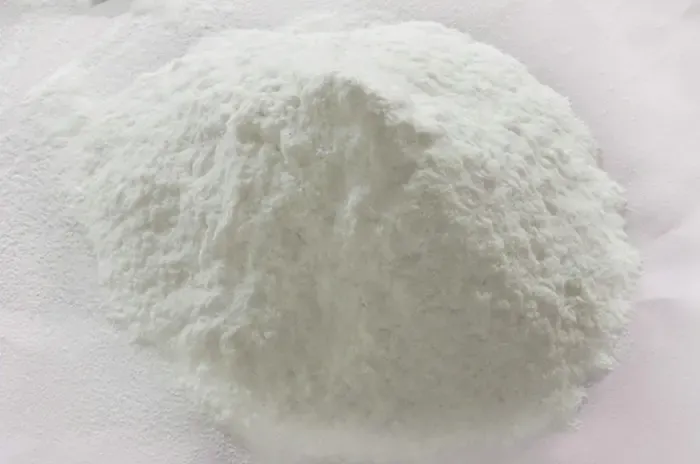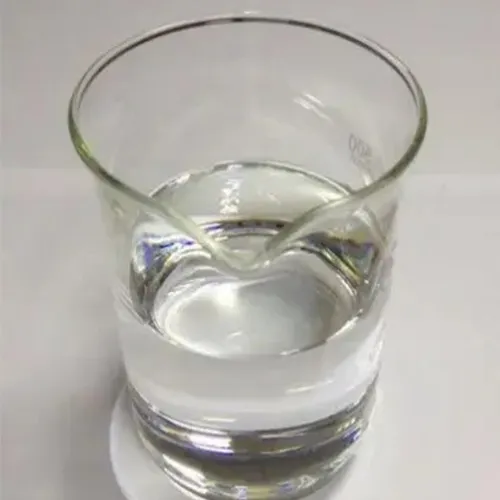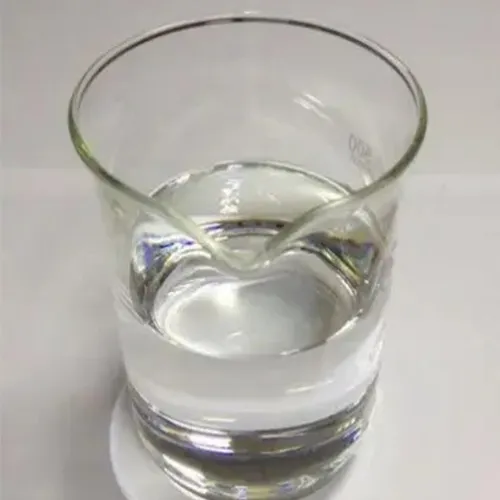Tetramethylethylenediamine (TMEDA) | High Purity & Bulk
Market notes and real-world uses of Tetramethylethylenediamine
If you work in fine chemicals or battery-adjacent R&D, you’ve almost certainly handled Tetramethylethylenediamine (TMEDA). To be honest, despite the niche vibe, demand has been steady—especially from pharma process groups and polymerization shops chasing tighter control over metal–amine complexes. Pricing has been less volatile than solvents, which is a small relief this year.

Quick spec snapshot (as supplied)
Origin: Jinling Mansions No.106-1 East Yuhua Rd., Shijiazhuang, Hebei, China. Below is the data excerpted from the supplier’s sheet; real-world use may vary with batch and storage.
| Product | Tetramethylethylenediamine |
| Molecular Formula | C9H13N (as provided) |
| Molecular Weight | 135.21 |
| CAS No. | 103-83-3 |
| UN No. | 2619 (DG classification applies) |
| Assay (GC-FID) | ≥ 99.0% (typical COA target) |
| Water (KF) | ≤ 0.10% (spec example) |
Where it’s used
- Organometallics and base-promoted reactions: as a bidentate amine to modulate reactivity and selectivity (think lithiation and controlled deprotonation).
- Polymerization R&D: catalyst co-ligand for more predictable chain growth, especially in anionic systems.
- Fine chemical synthesis: phase behavior tweaks, extraction aids, and occasional performance as a complexing agent.
- Materials research: lab-scale electrolyte and interface studies; nothing flashy, but it shows up in the footnotes.
Many customers say the biggest win is batch-to-batch consistency—surprisingly, a small reduction in water or trace metals can clean up side reactions in scale-up.
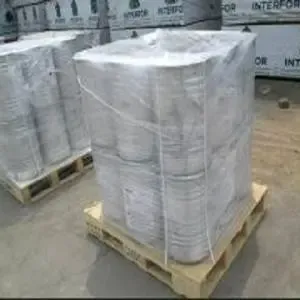
Process flow and QC (high-level)
- Feedstocks: alkylamines and haloethane derivatives (commodity grades).
- Controllable synthesis: catalytic amination/alkylation under anhydrous conditions; then phase neutralization and brine wash.
- Purification: fractional distillation, polishing, and drying to low water (KF).
- Testing: GC-FID purity; NMR identity; ICP-MS trace metals (as needed); density (ASTM D4052); water (ASTM E1064). Labs typically operate to ISO/IEC 17025.
- Packaging: 25 kg cans or 180 kg drums; nitrogen blanketing is common. Shelf life ≈ 24 months unopened; always follow the SDS.
Vendor landscape (quick compare)
| Vendor | Certifications | MOQ | Lead Time | Customization | Price Index |
|---|---|---|---|---|---|
| Sincere Chemicals (CN) | ISO 9001 (typ.), REACH-ready | 25 kg | 1–2 weeks | Assay, water spec, metals | $ (competitive) |
| EU Distributor | ISO 9001/14001 | 5–25 kg | Stock–10 days | Limited | $$ |
| US Distributor | ISO 9001 | 1–20 kg | 2–3 weeks | COA tweaks only | $$$ |
Customization and field feedback
Common asks: tighter water control (≤0.05%), custom GC impurity profile, and metal content for sensitive catalysis. I guess the big surprise is how often logistics beats chemistry—customers praise stable packing and seals over fancy add-ons.
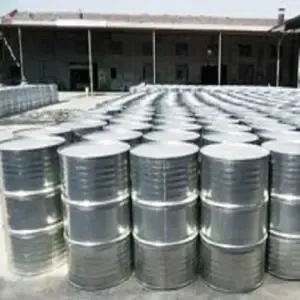
Mini case studies
- Pharma intermediate team cut an impurity by 40% by sourcing a lower-water grade of Tetramethylethylenediamine and rebalancing base equivalents.
- Polymer startup reported steadier Mn in pilot runs after specifying KF ≤0.05% and requesting drum nitrogen blanketing.
Citations
Post time: Oct . 21, 2025 15:10





